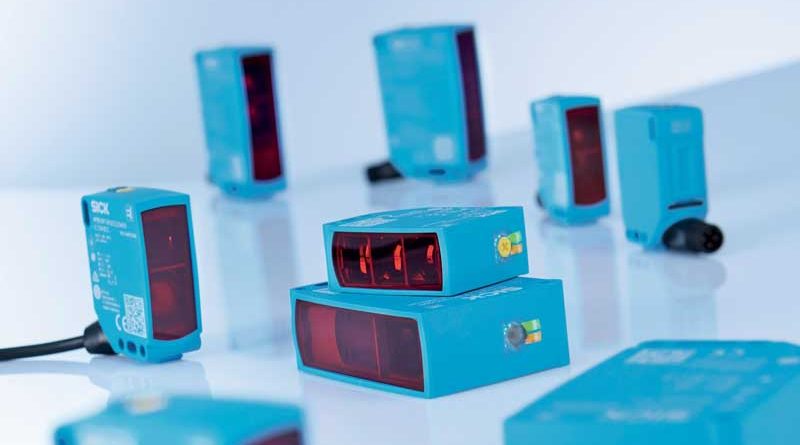Leading the Digital Factory Through Sensors
Quite relevant changes back up the strong growth that SICK is experiencing, both globally and about the Italian branch, whose management has changed since the beginning of July. Among the new products launched with the aim to enable factory digitization, sensors for mobile industrial vehicles and the 3D streaming camera based on laser triangulation technology stand out.
di Fabrizio Dalle Nogare
Due above all to the ability to lead the industrial transition towards factory digitization, SICK closed the Fiscal Year 2017 in strong growth, with a +11% turnover compared to 2016 and over +18% investment growth in R&D. The target of a 2 billion turnover by 2020 is ever closer. To achieve these results, the German company – which has reorganized both its global structure and the management of the Italian branch (see box) – continues to launch on the market some new product, besides promoting the creation of internal start-ups addressed to research and implement software and cloud systems with the aim of helping communicate and share production data in the safest way. “These start-ups are part of SICK, but they have full autonomy”, said Giovanni Gatto, who led the Italian branch until the end of June, during a press conference organized at SPS Italia. The Italian subsidiary of SICK closed the year 2017 with a 17% increase and a turnover of 81.5 million euro.
Next goal: reaching 100 million in 2020.
Three different technologies to drive mobile vehicles
The German company’s stand at SPS Italia was clearly oriented towards factory 4.0, with an interesting demo in which customized items were produced based on orders in real time. An AGC (Automated Guided Cart) has linked production and logistics, assisted by a series of sensors for the transmission of data useful for its handling. On the other hand, control and inspection systems took care of product quality and the collection of information for the efficient management of the Smart Factory. Some special sensors have been developed in order to favour the AGCs navigation. These were created by the AGC team, a transversal workteam of technicians set up specifically for designing solutions addressed to this type of automatic guided systems. Unlike the AGVs, the AGCs can change direction in real time, exploiting the navigation data collected along the way. To do this, they can use three different solutions: OLS (Optical Line Sensor), MLS (Magnetic Line Sensor) or GLS (Grid Localization Sensor), three different sensors that exploit, respectively, the optical, magnetic or grid localization technologies to make the AGCs follow the correct path.
Smart sensors and photoelectric switches connected via IO-Link
The SICK portfolio was then enriched with other smart sensors, such as the Ranger3, the 3D streaming camera that uses laser triangulation technology for the acquisition of 3D images. A new sensor with ROCC (Rapid On Chip Calculation) technology and 2560 x 832 pixels makes it possible to increase resolution as well as acquisition speed, up to 7 kHz on the whole sensor or 45 kHz on a reduced area. Another novelty concerns two families of photoelectric switches, W16 and W26, equipped as a standard with several smart functions. In the case of the through-beam photoelectric sensors, the alignment aid with blue LEDs visualizes the optimum alignment of transmitter and receiver. With the photoelectric reflex switches it shows the best possible orientation of the light beam to the reflector, while for proximity switches it signals the ideal operating distance. Whereby the combined push-turn control button enables rapid and precise adjustment in a single step. As well as any advanced Smart Sensor, the W16 and W26 are equipped with a serial IO-Link connection and thus I4.0-ready: they can thus exchange any desirable data with a vehicle or plant control system, such as PLCs.

